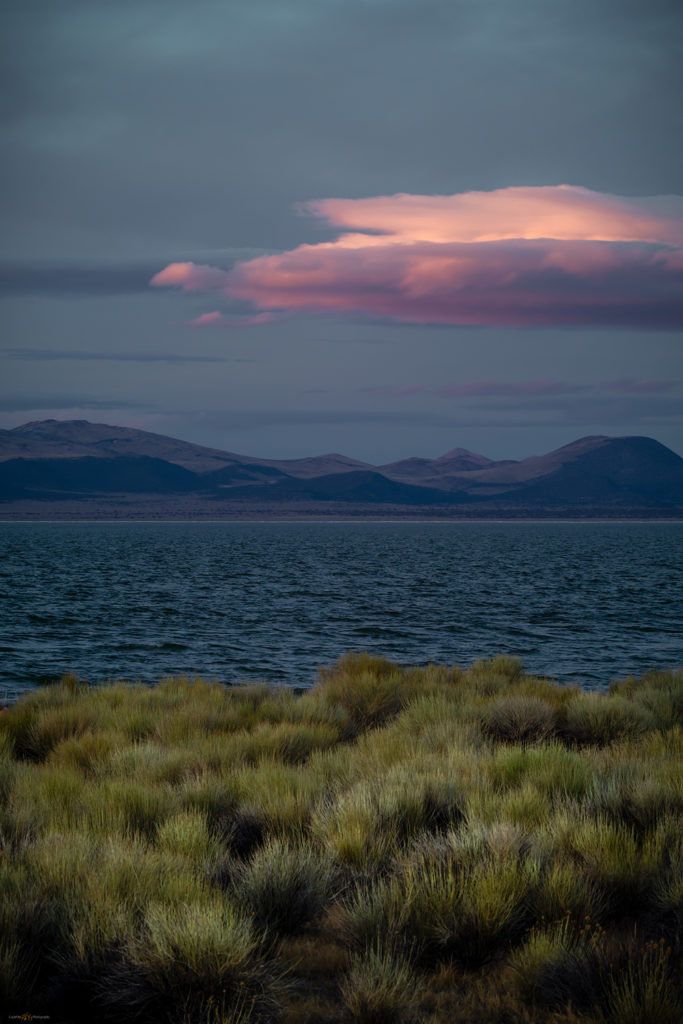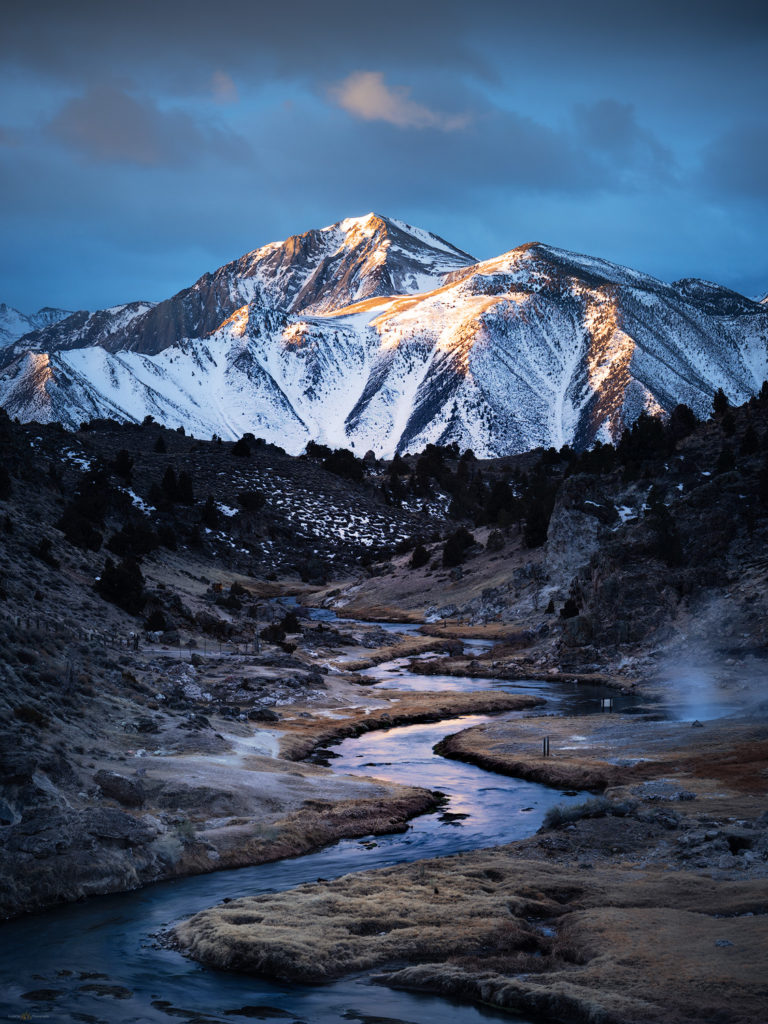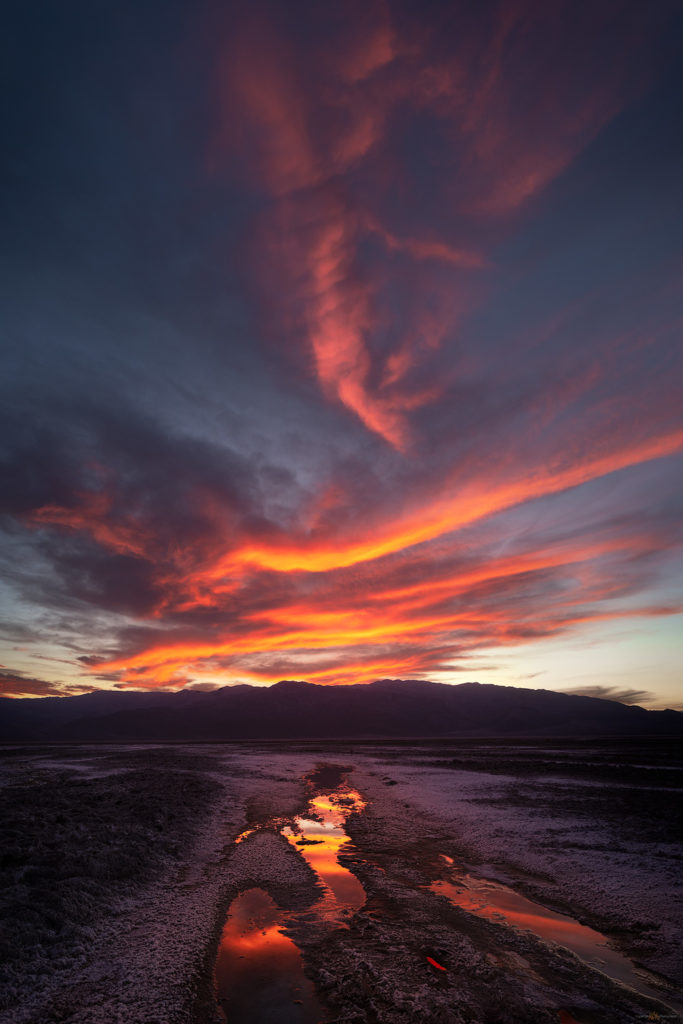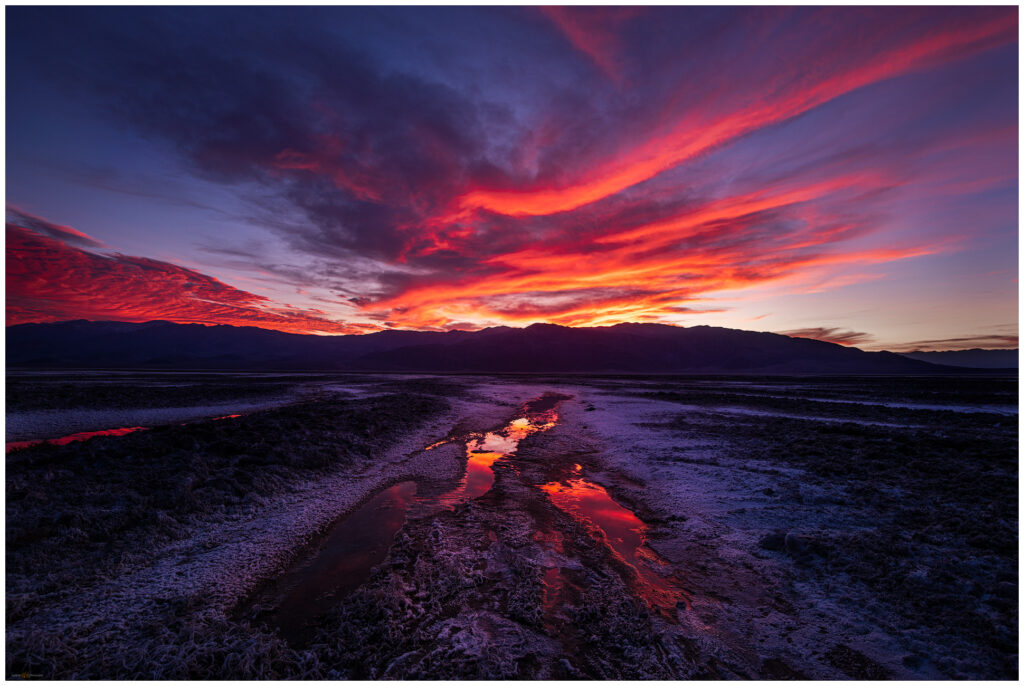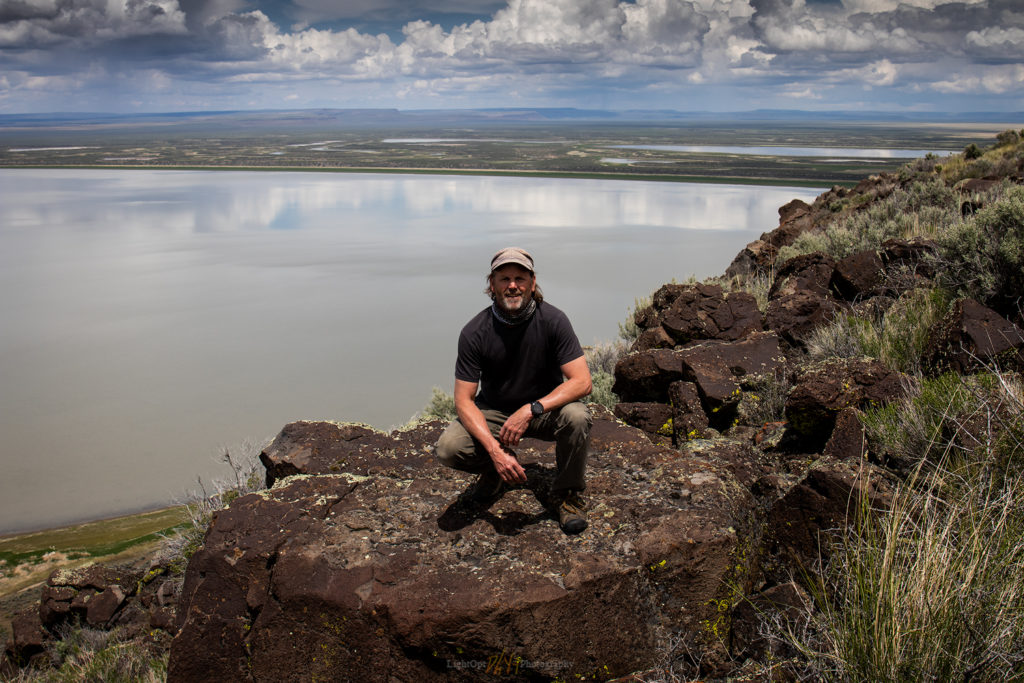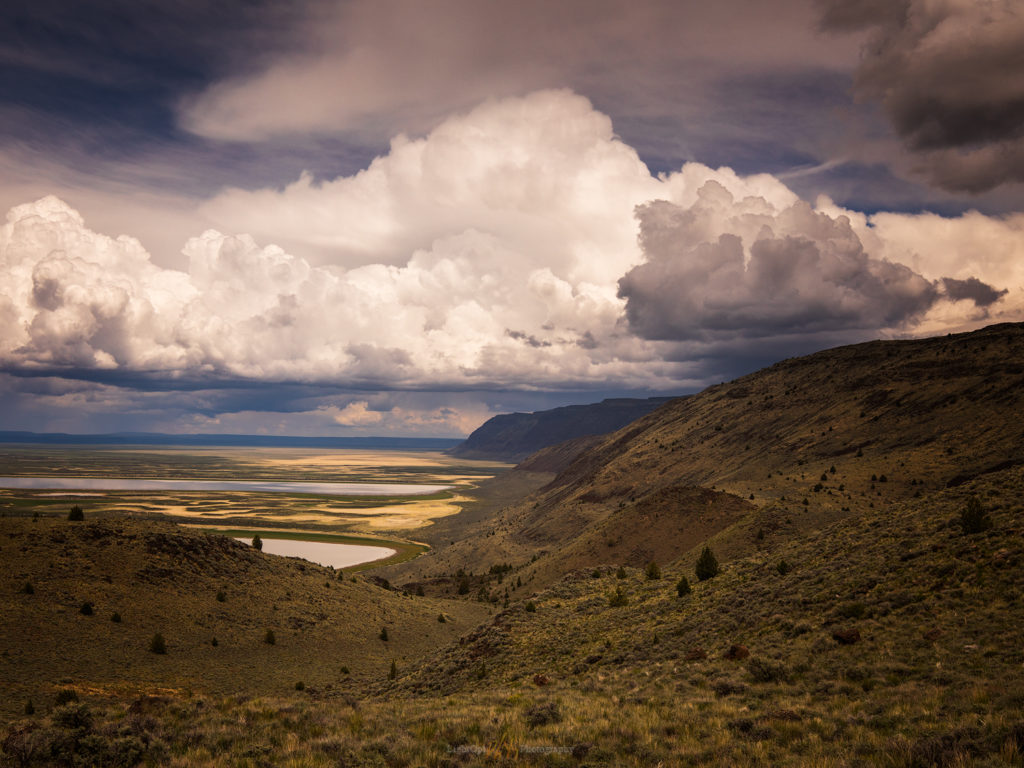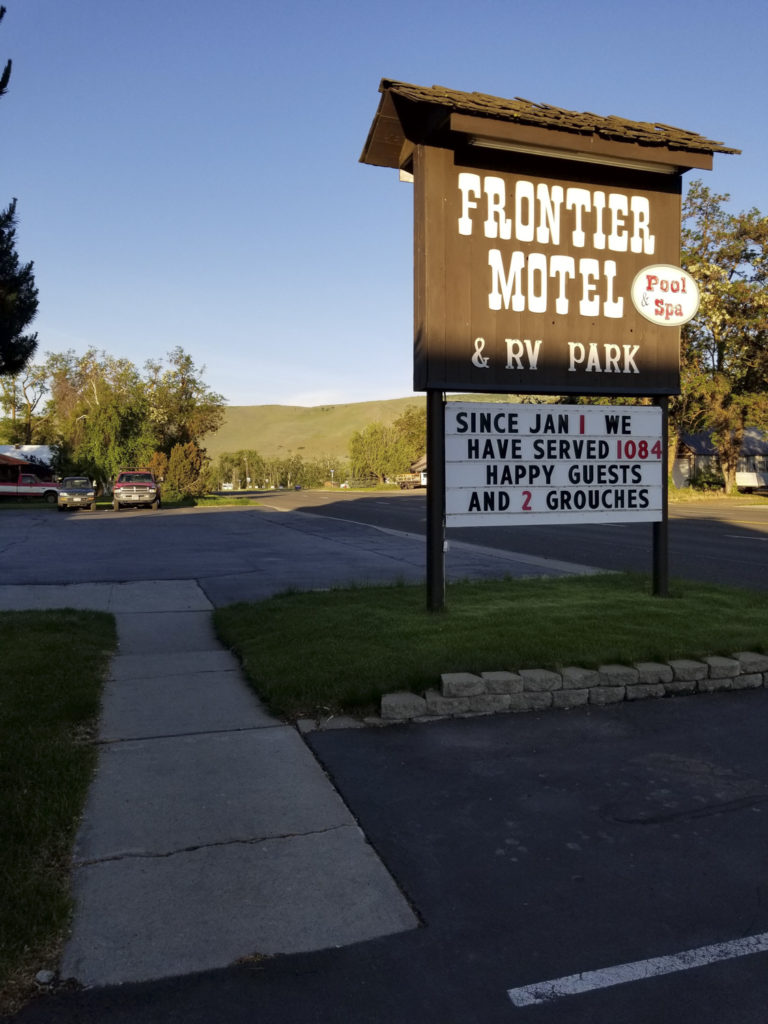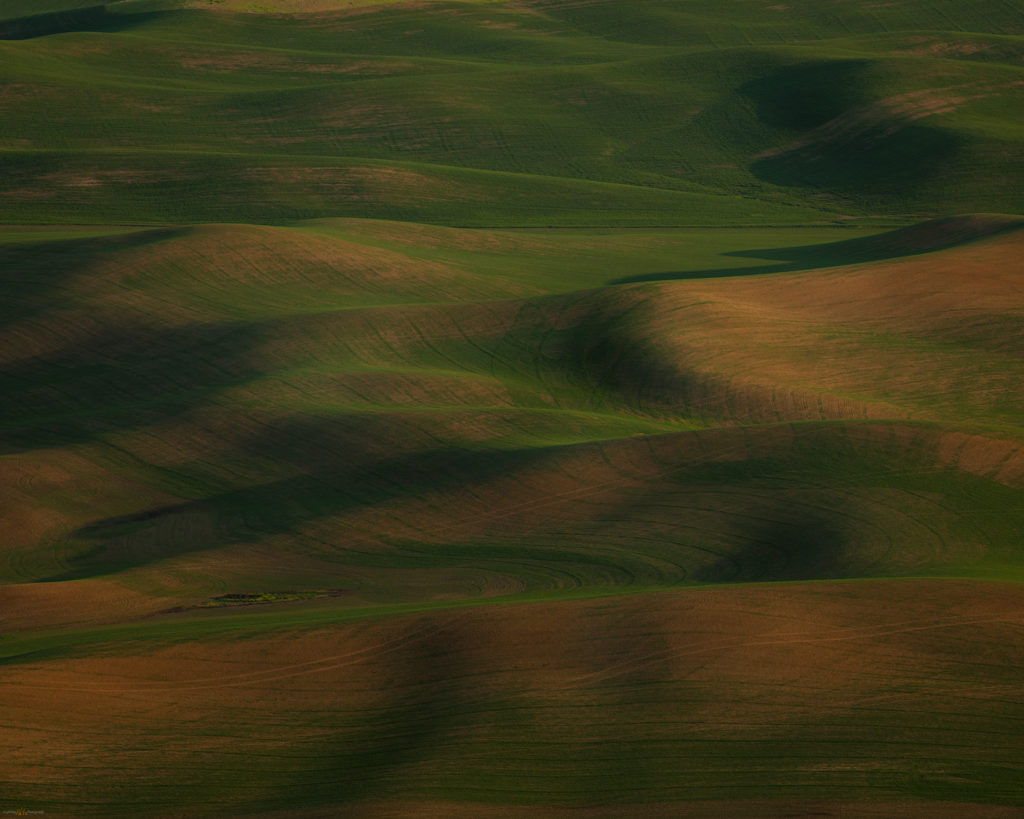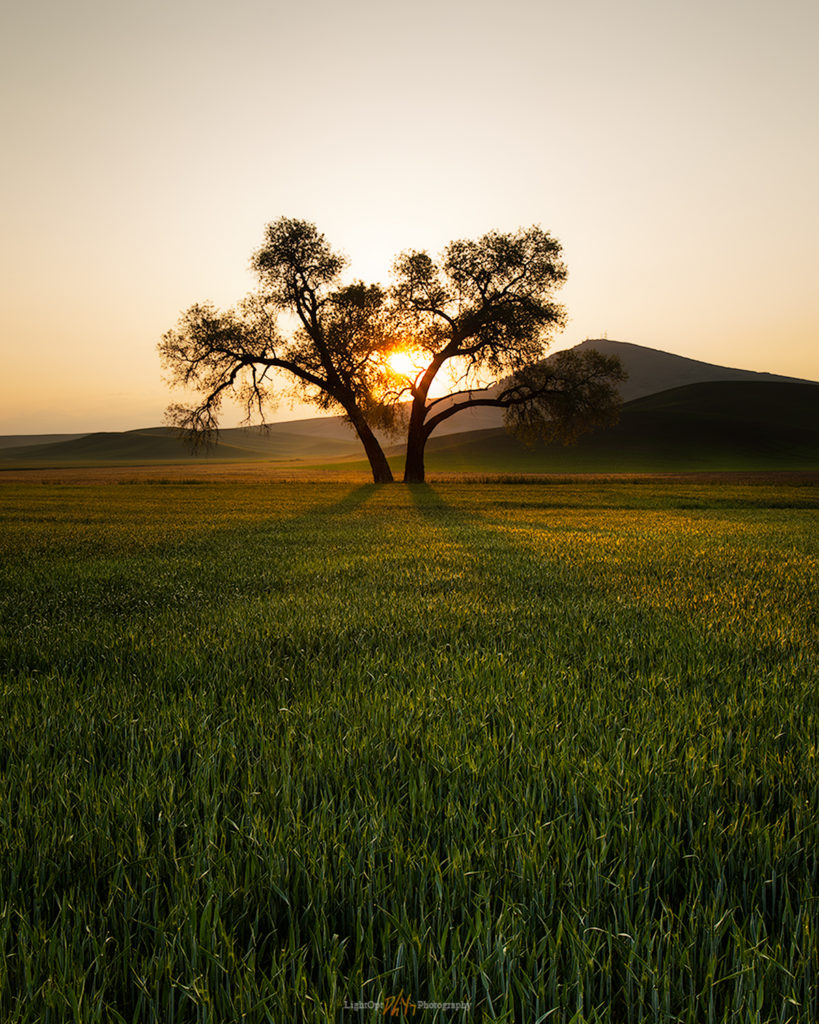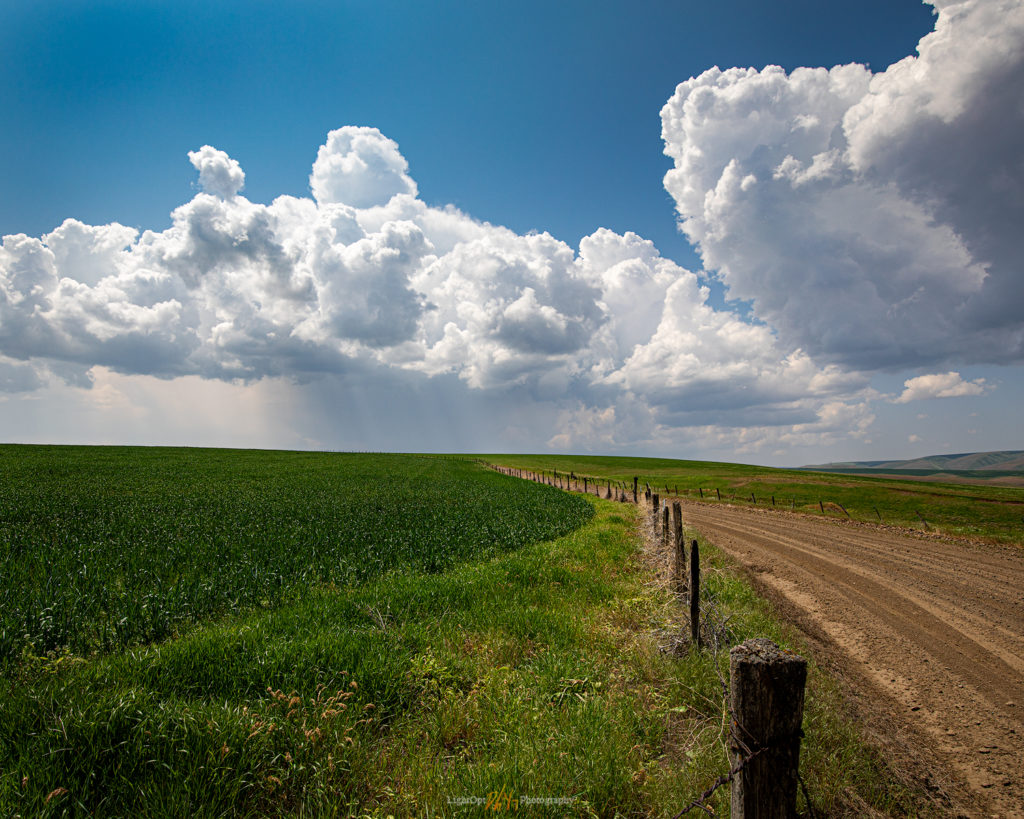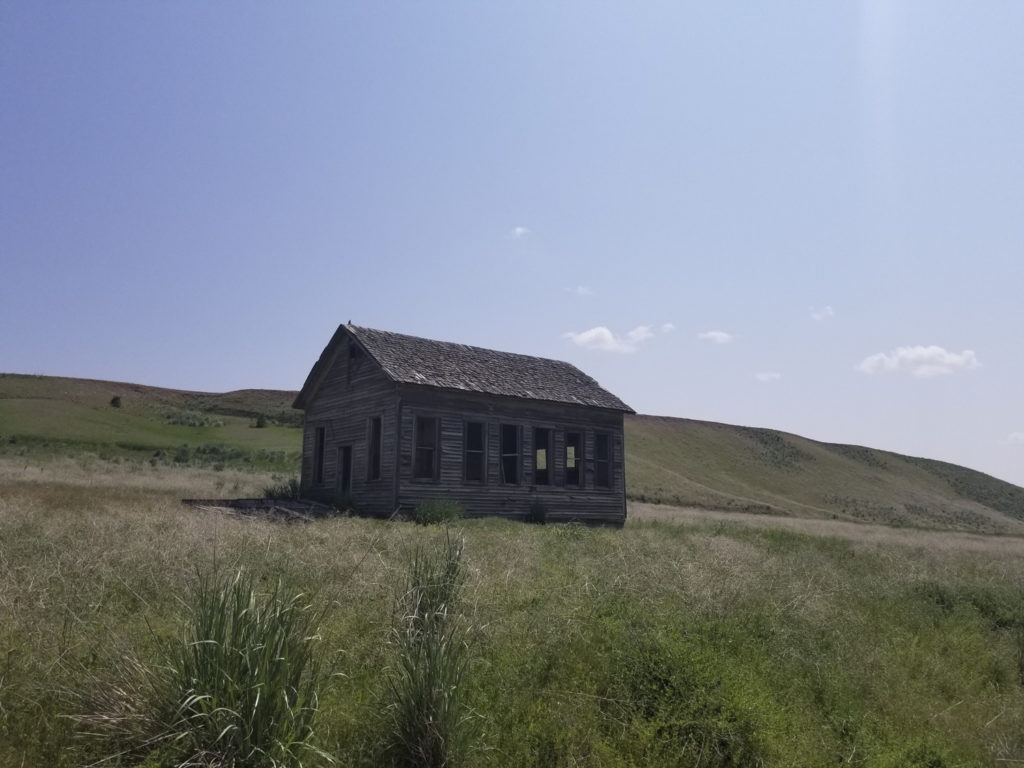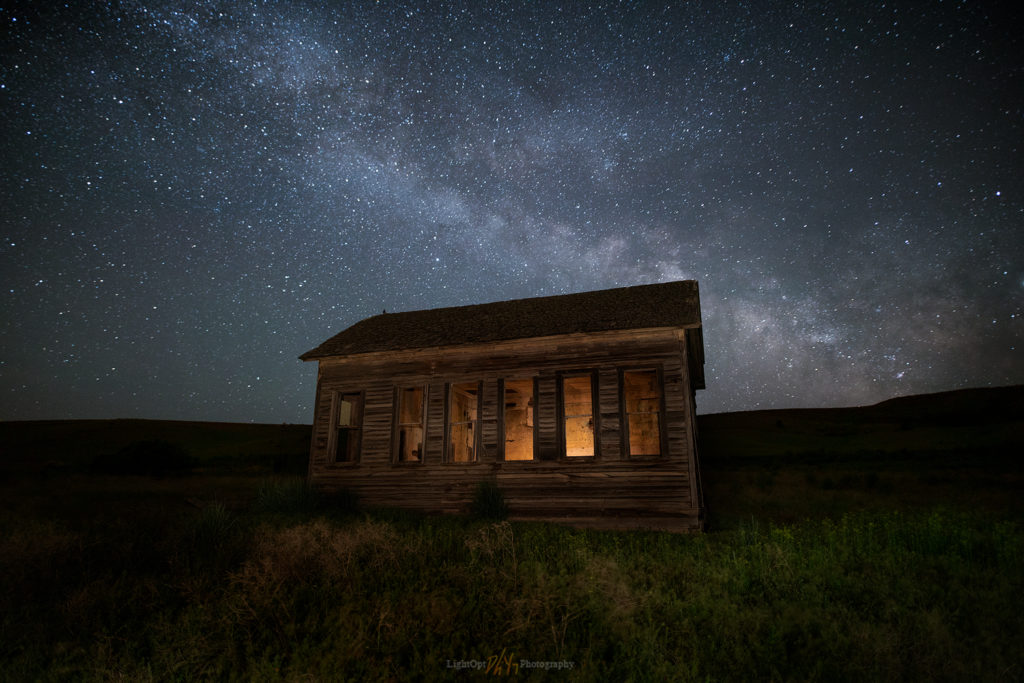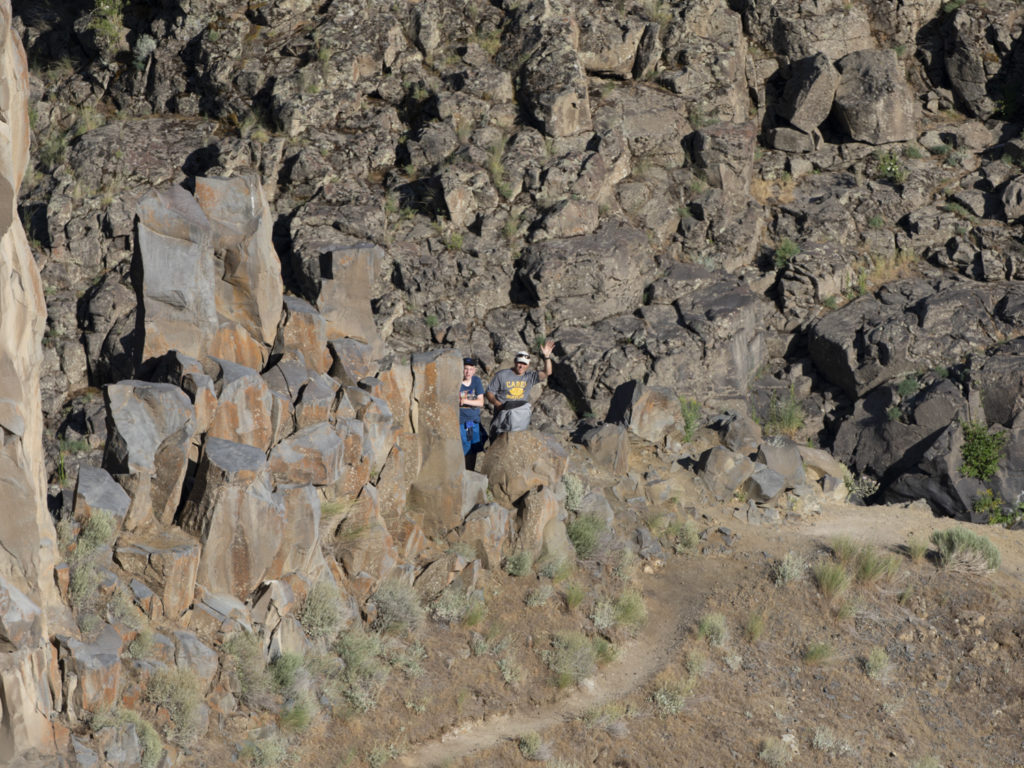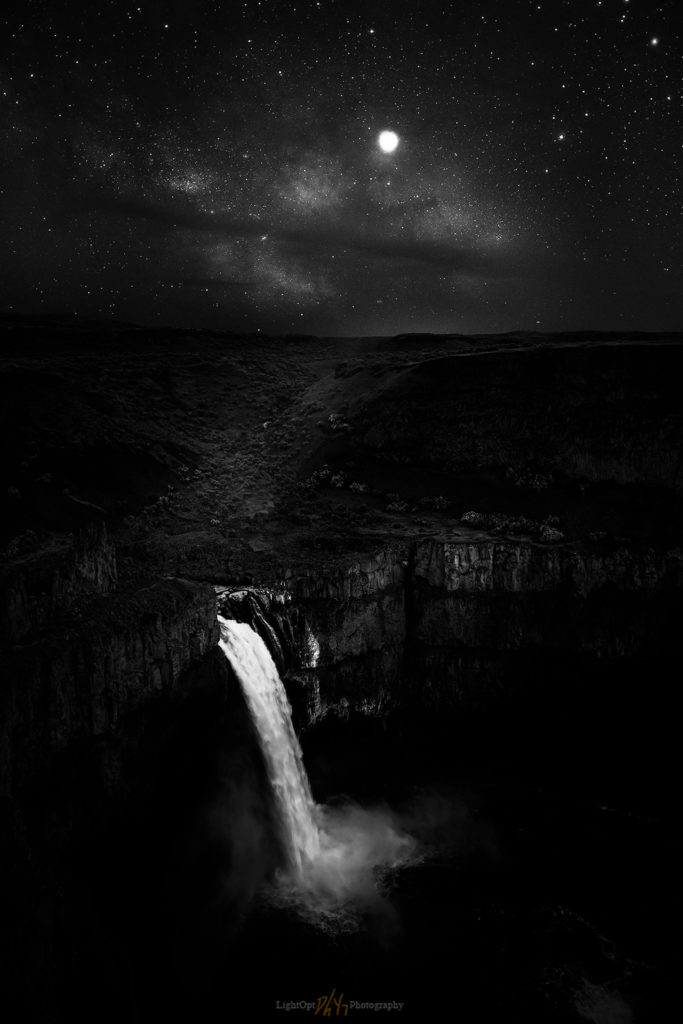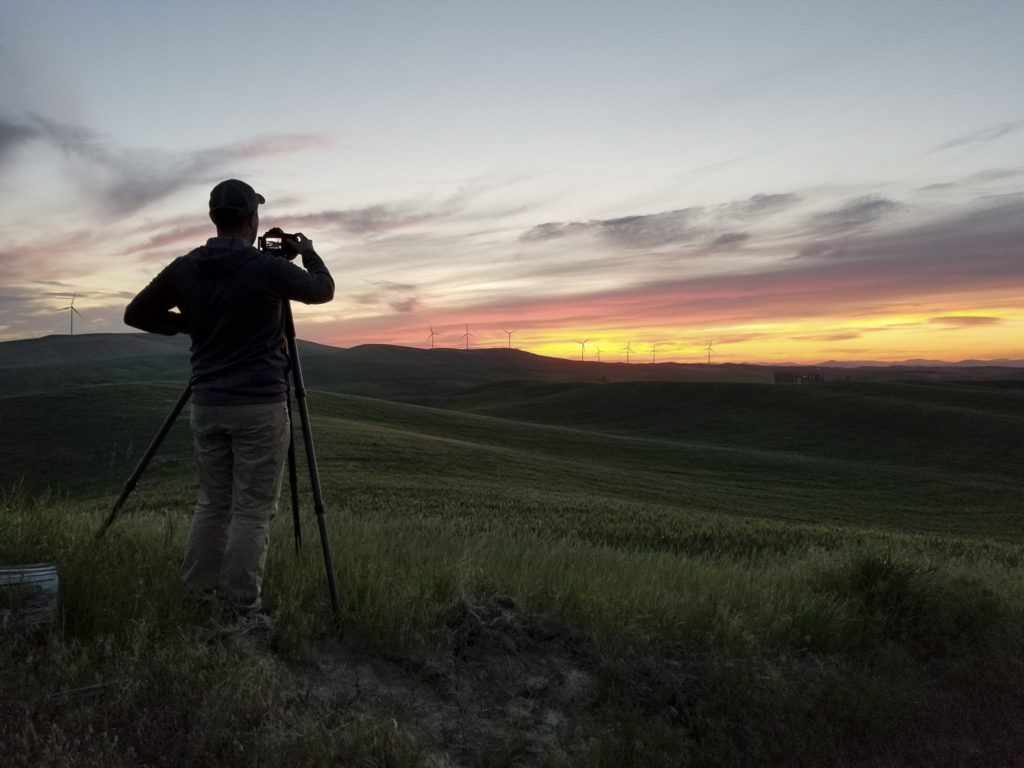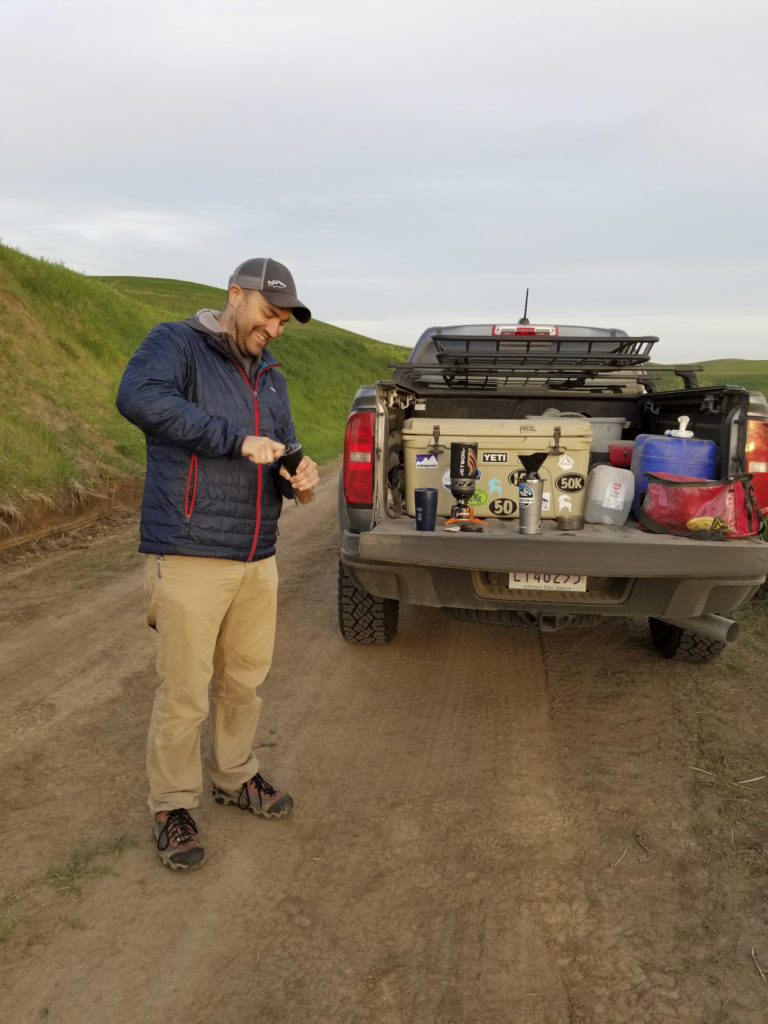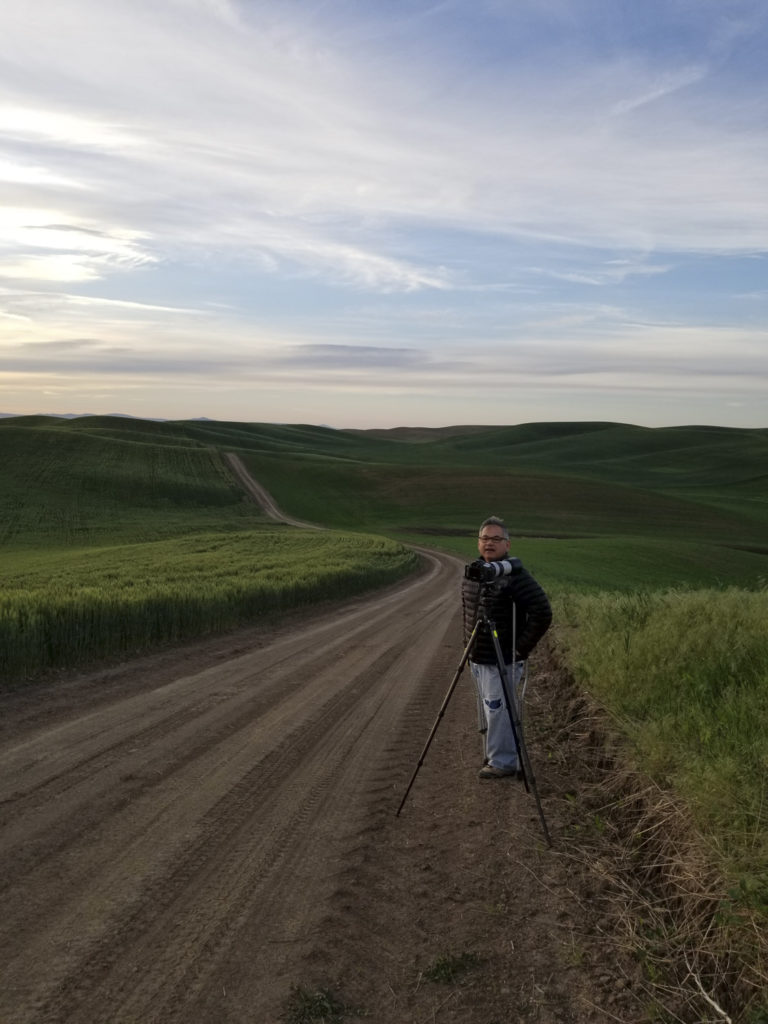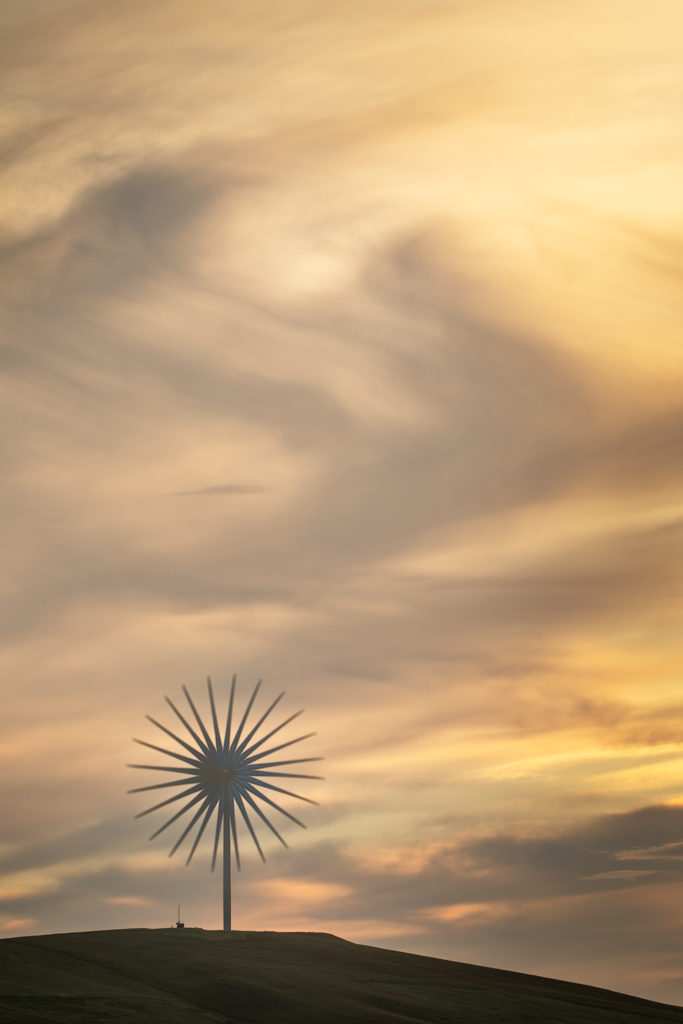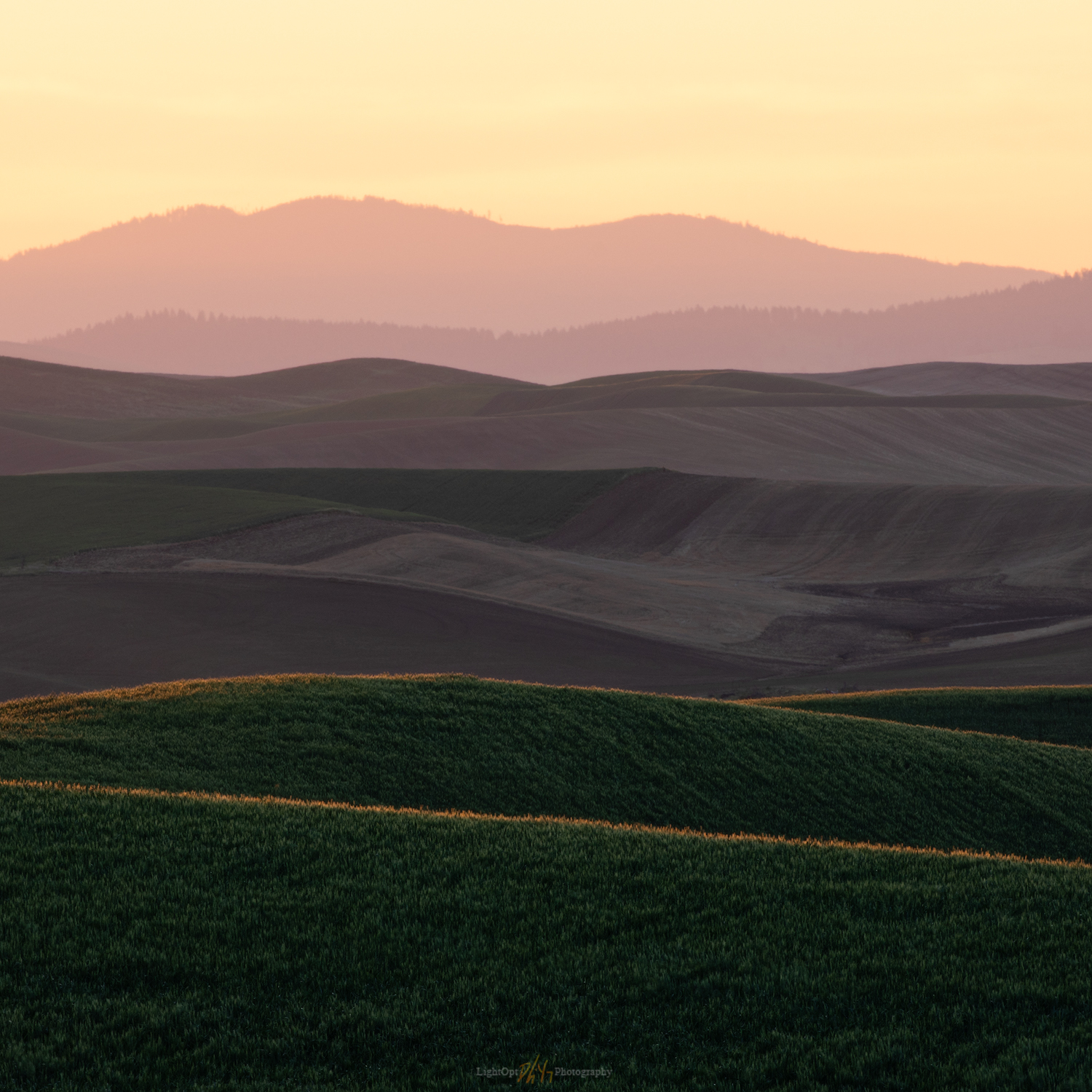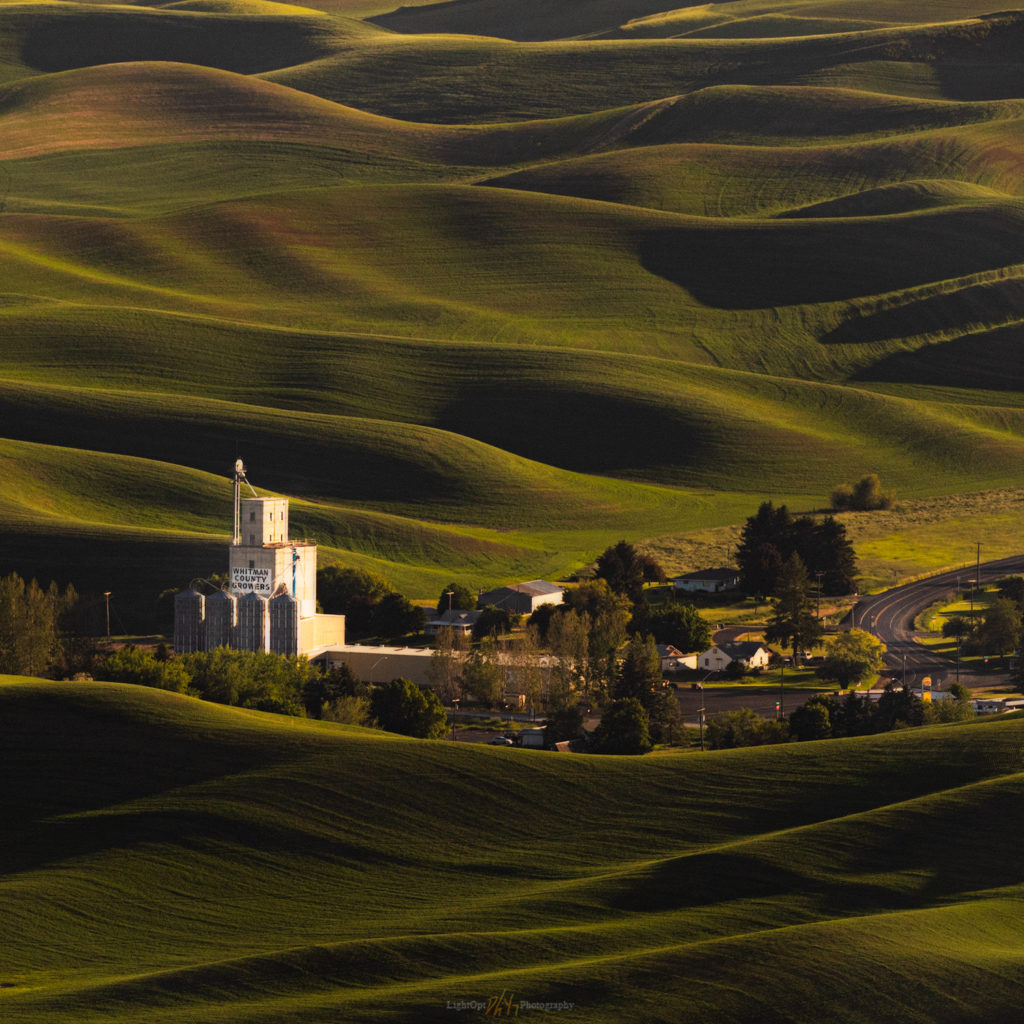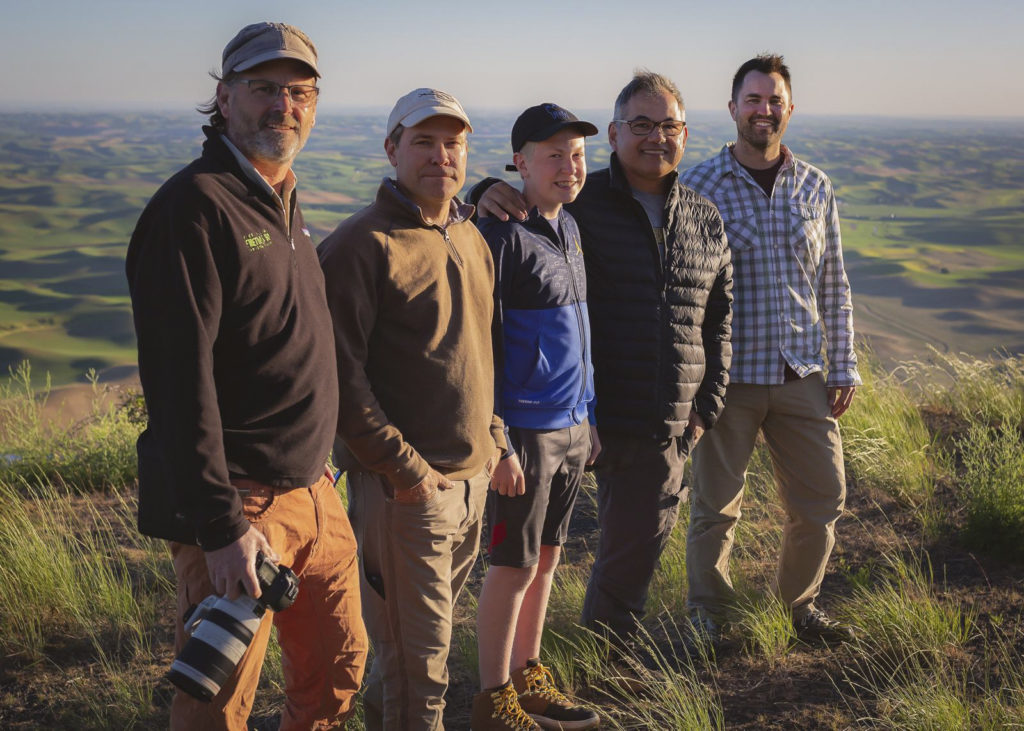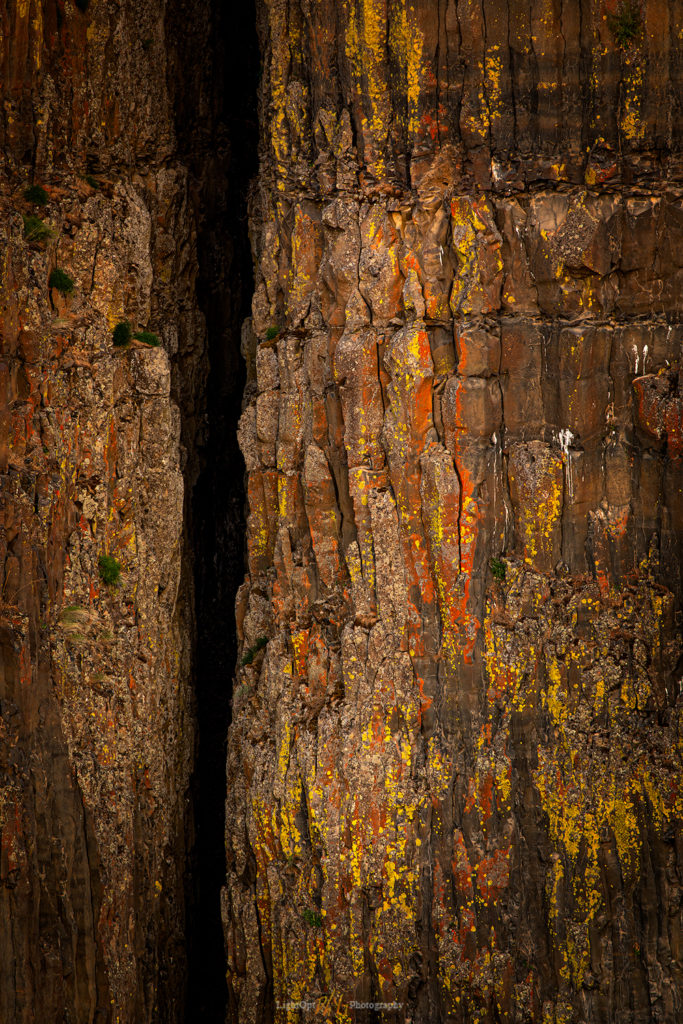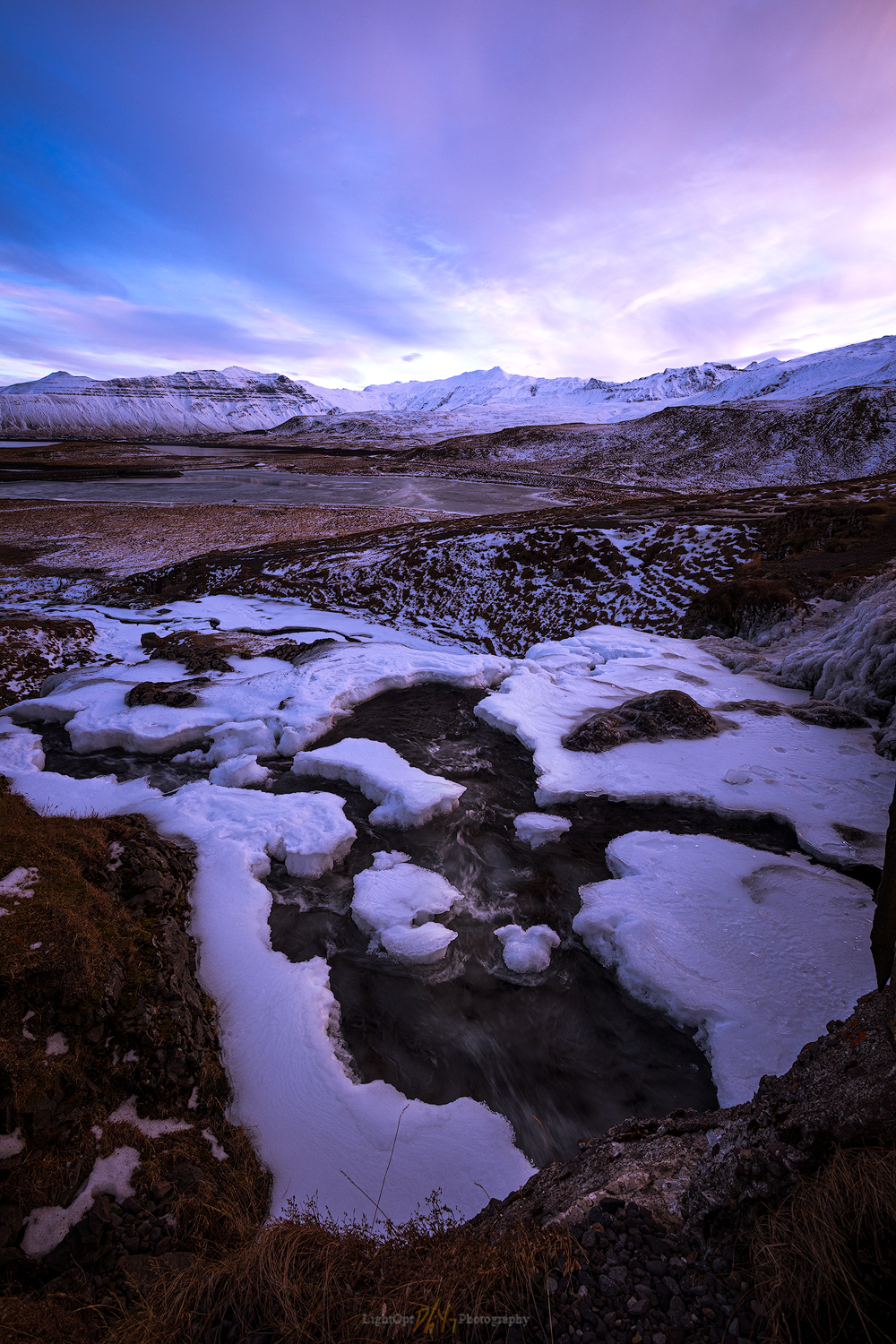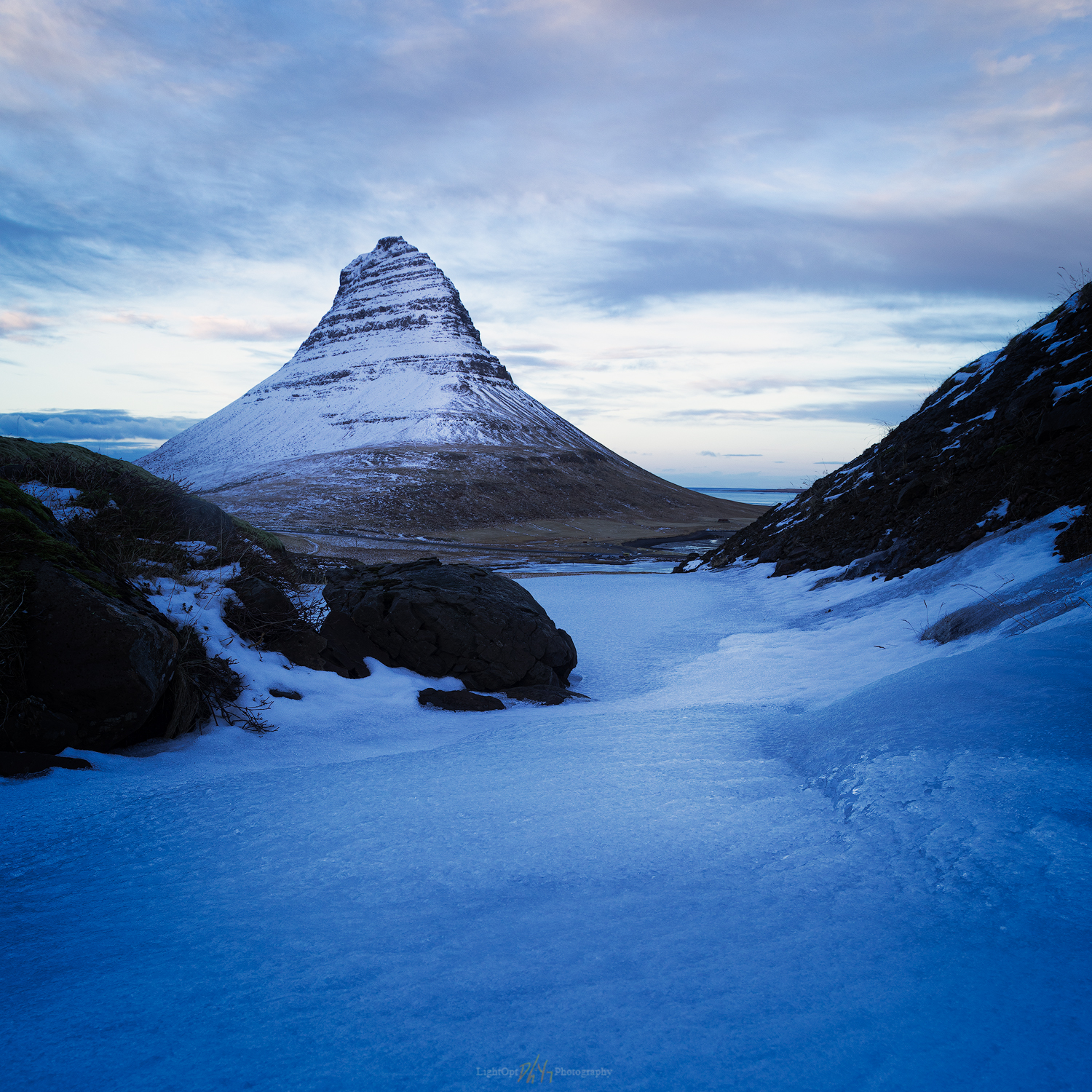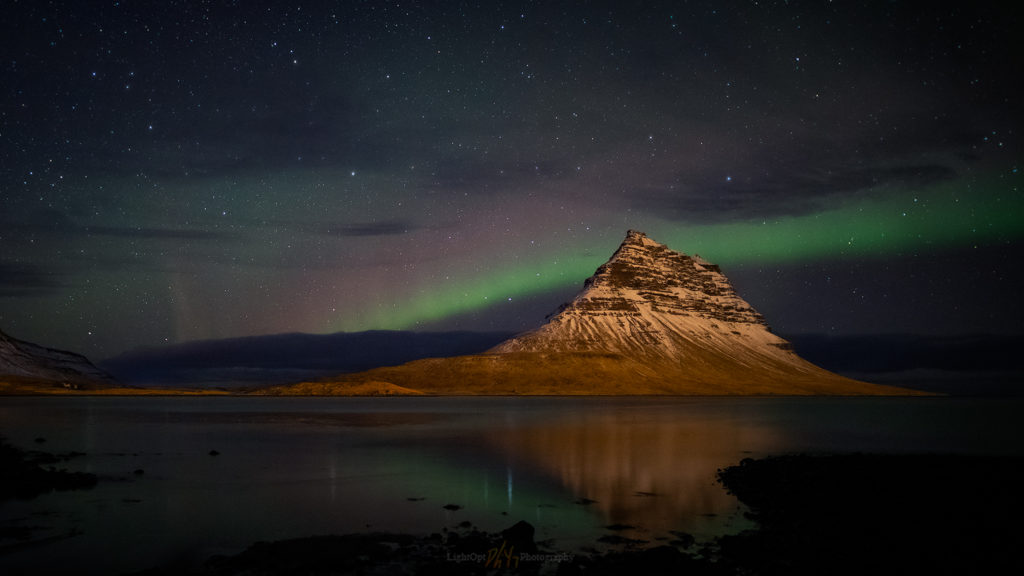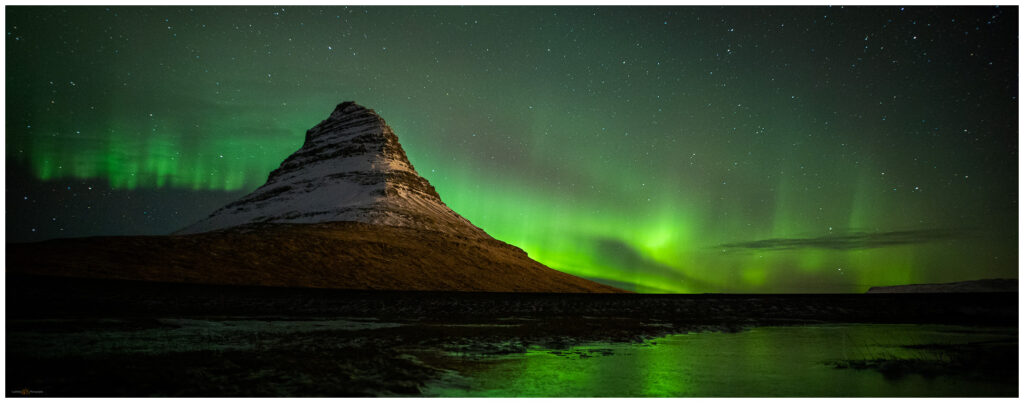There is always the desert. Although I thrive in arid landscapes, I find them difficult to photograph. Of course, there are waves of contrast in sand dunes, brilliant rocky outcrops, and magical golden-hour light, but so much of desert space is a great wide open, playas to mountains with subtle shifts in color. I occasionally come across exceptional images by the few who take the time to learn the desert light, and I continue to accept the challenge of capturing personal images in these cherished, sharp-edged lands.
We would meet in the Eastern Sierra, Erno had the idea, heading into Death Valley for a wide-ranging, end-of-winter tour. The Iceland team – ‘the stud puffins’ – gathered at StoneHeart at the foot of the Carson Range on a Saturday afternoon mid-February; Jeremy, Quinn, and Sandy had timely flights, and the weather cooperated to let Erno and Randy drive over from California’s Central Valley. We formed a little caravan of camping rigs, departing Nevada for the short drive to Mono Lake, our first stop.
I scouted the sand tufa a few weeks earlier, but I have not had much luck here. I need to take more time with these unique tufa formations, but, for now, I am drawn to the lake. This is a pattern; I am still drawn to the big landscape but want to learn to focus on compelling foregrounds and the emotion of intimate scenes – I just need to take the time to do so.
Beneath starry skies, we camped just off the quiet highway – closed for winter a mile up from our sideroad stopover. The sunrise promised good light, so we were off in the pre-dawn to Hot Creek, a semi-iconic photo spot along a classically wandering Sierra-fed trout stream. Mist from the mid-stream hot springs can add perfect atmosphere under the right conditions. I have been here many times, but always focused on a post-climb/ski hot spring bath. And yet, in the past decade or so, the hot springs have become a dawn-t0-dusk managed and fenced viewpoint, deterring the use of the springs, which at times can be dangerously active and, well, hot. Enough people have gotten themselves into trouble, and not survived the hot pools, that even considerate use has been curtailed. One of those things.
We took good advantage of the scudding clouds at sunrise, looking up canyon towards the Sierra highlands above Sherwin Creek. As is often the case, there were a few other tripods along the outcrop above Hot Creek, but it was worth the stop. We headed for Bishop under clearing skies, grabbing a late breakfast in town – seems a luxury now – before the long drive, chasing the day into Death Valley. The traffic increased, almost exponentially, as we worked our way through typically lonely desert, crossing through Panamint Valley and dropping into Stovepipe Wells. It was there we remembered that it was a three-day weekend (forgetting that was part of our plan too) and that it turned out to be a fee-holiday in the National Park. The roads and parking areas hummed with traffic, and campgrounds appeared near capacity.
Our evening photo target was the playa-margin known for polygonal patterned ground and salt formations. It would be a short hike, so we knew that we would have some solitude even amongst the pavement-bound crowd. Erno and Jeremy picked a pull-out and the team began the hike into the basin. In the meantime, I decided to roll into Furnace Creek to check our chances of getting a camp spot – would we have to head out of the park to find public land access in the dark? I rolled into Sunset Campground working my way among wind-blown pup tents, burly jeeps, cruise ship-sized RVs, random generators, and oddly lit banners on towering flag poles, to find some clear gravel at the terminus of the overflow parking. It’ll do. I ditched the trailer, paid the camp fee, and headed back to the sunset location.
With the light fading, I began my hike before I reached our team’s parked rigs. I worked my way into some salty seeps forming shallow swales that drained further basinward. I liked the lines leading in two directions, upslope toward the eastern mountains or directly into the western skyline. The clouds looked promising, but I could not decide which direction would be most promising at sunset’s illumination. I did not want to chase tonight – I had just finished chasing campsites! I wanted to settle in for a shot. After finding a long linear pool of still water, I stood for a while, gazing back and forth to opposite horizons. I sat down, watching the east, watching the west. As I decided on the eastward view and began composing an image, I turned to grab a lens cloth from my bag. At that moment the western sky, which had been at my back and not at all in my composition, caught fire. So much for the patience of avoiding the chase. This was why I was here, and it was only two or three steps backward to compose the convergence of the reflective line of the pool and the fiery wisps of evening cloud.
For a few, all-too-short minutes, the clouds danced in a desert aurora as waves of orange, red, and violet descended into the evening. In the quiet I could hear the others whooping it up somewhere to the north, far out in the glow of the salty basin.
Keep going.
Please respect the natural and cultural resources of our public lands.
